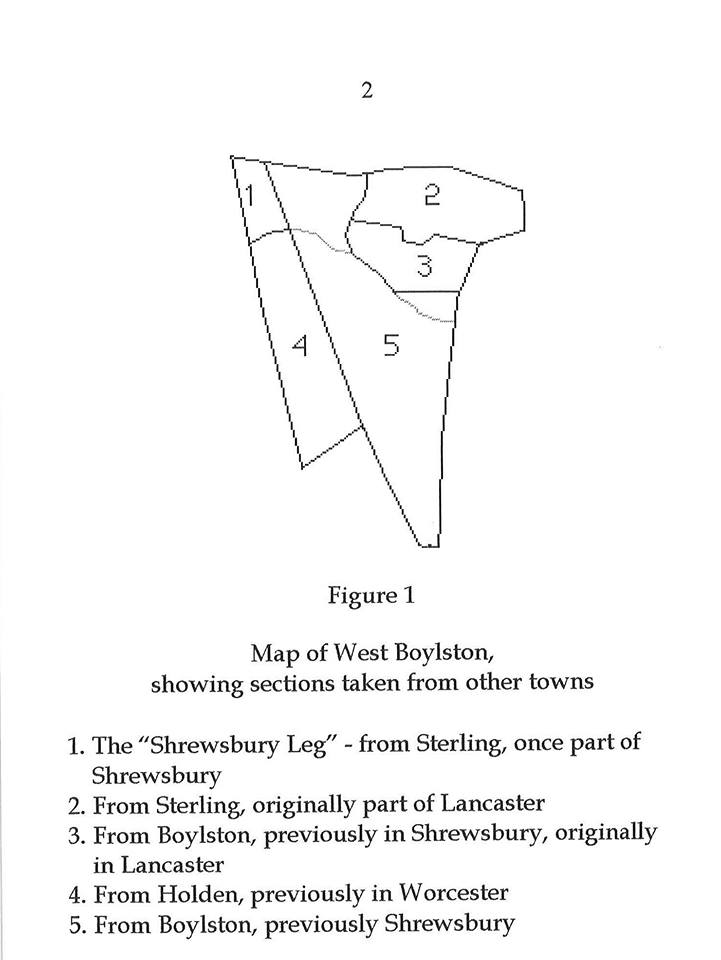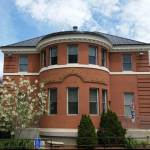The History of West Boylston
Churches of West Boylston
Education
Important Building and Landmarks
Life in West Boylston
Community Get Togethers
Everyday Life and Fun Facts
Town Government
News and Weather Stories
The Mills and Wachusett Reservoir
Town Founders
Wartime
The story of West Boylston’s incorporation is one of shifting town boundaries, independence movements, and long treks to attend church. At one time, West Boylston was part of the town of Lancaster, as were most of the other towns in the surrounding area.
More and more Europeans immigrated to Massachusetts in the 17th and 18th centuries. Fledgling communities grew in different parts of Lancaster, and many people desired their own own town meetinghouse and local parish. In 1727, the town of Shrewsbury split off from Lancaster. The territory that would one day become West Boylston was now a part of Shrewsbury.
 Later, the towns of Sterling and Holden incorporated, and they took parts of Shrewsbury and Lancaster. After the American Revolution, the people of what is now Boylston were tired of traveling all the way to Shrewsbury to attend church. So, they broke away from Shrewsbury in 1786.
Later, the towns of Sterling and Holden incorporated, and they took parts of Shrewsbury and Lancaster. After the American Revolution, the people of what is now Boylston were tired of traveling all the way to Shrewsbury to attend church. So, they broke away from Shrewsbury in 1786.
Ezra Beaman, our charismatic “Town Father,” spearheaded a campaign to break off from Boylston and form a distinct town with our own local parish–cutting down travel times to church in Boylston. After decades of petitions and meetings with the State General Court, West Boylston was finally incorporated in 1808. Parts of Sterling, Holden, and Boylston–all once part of Lancaster and Shrewsbury–broke away and came together to create the town of West Boylston. It is no exaggeration to say that every part of West Boylston has been part of at least three different towns.
You can see a map below detailing which parts of town came from neighboring towns. If you would like to learn more about our town’s history, take a look at Helen Maxwell Hamilton’s History of West Boylston. Hamilton wrote the book as her Clark University Master’s thesis in 1954. The book was updated and printed again in 2000, and several copies can be found at our library: catalog.cwmars.org/eg/opac/record/428904
Use the links on the left to navigate to other pages about West Boylston’s history.

